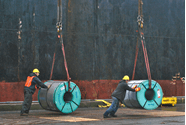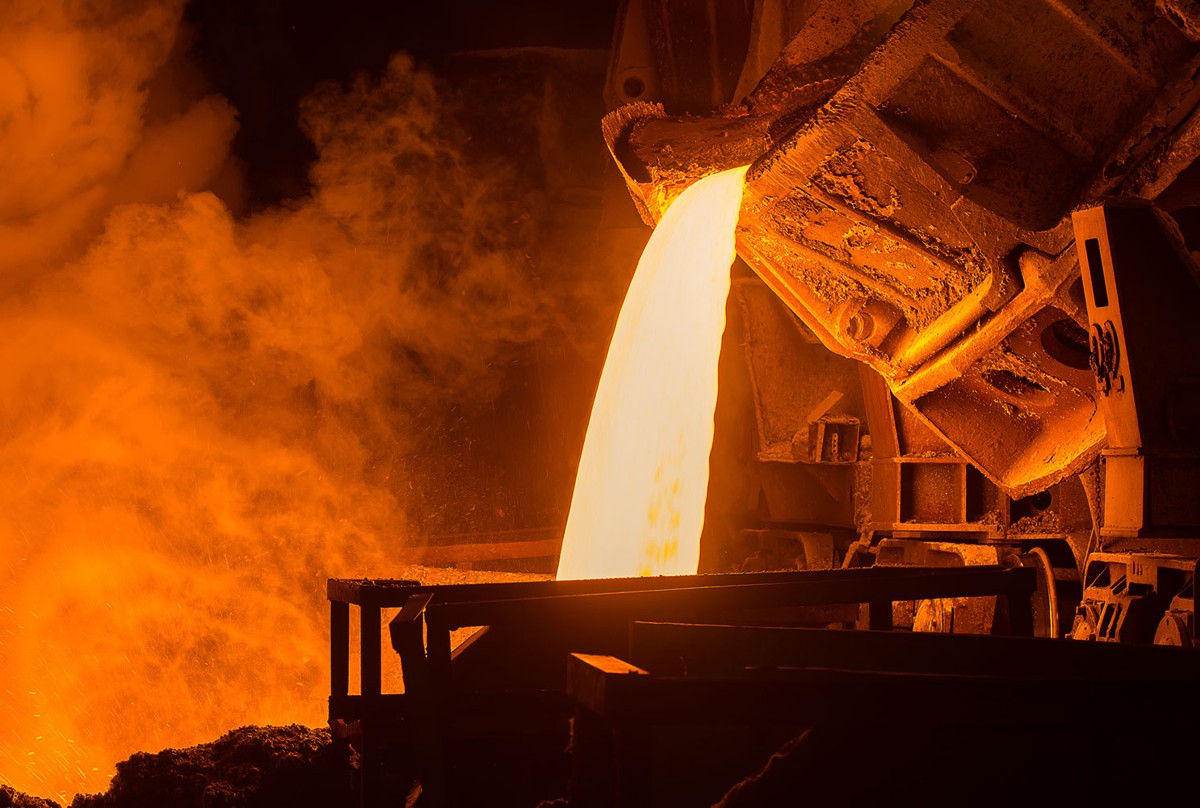Analysis

July 17, 2020
Final Thoughts
Written by Tim Triplett
The coronavirus pandemic has crippled GDP growth and made the world economy smaller. It follows, then, that the same is in store for steel.
“There is going to be a permanent reduction in the size of the steel market,” predicted veteran industry analyst John Lichtenstein, managing partner of the Swiss-based Research and Consulting Group AG in recent remarks to Metal Center News magazine. “I’ve gone back and looked at all of the recessions in the U.S. over the past 50 years and in each case, looking at steel consumption, it was lower than the recovery from the previous recession.”
Recessions of all types exacerbate long-term declines in steel intensity, he told my former colleague Dan Markham, editor of MCN, who welcomed me sharing his remarks. One reason is the natural inclination in a recession to look for greater efficiencies.
Experience from the pandemic is likely to shorten supply chains, Lichtenstein noted, as more companies source materials closer to home to take some of the country risk out of the equation. “It could mean things are closer, geographically, which is good for the steel service center.”
However, that stands to be offset by some offshoring of steel-containing goods that come back to the U.S. market as finished products. “There’s good evidence that the Section 232 tariffs have accelerated the trend toward offshoring of steel-intensive manufacturing,” Lichtenstein said. “I’m not saying 232 was a bad idea, but putting the tariffs in without some type of protection downstream was shortsighted.”
Having learned a hard lesson from the virus crisis, steel mills in the post-pandemic world may move downstream to work more directly with end-use customers. To thrive, service centers must make themselves indispensable parts of a mill’s supply chain, worrying less about who is offering the lowest price and more about serving a particular producer. Or conversely, he said, their survival may hinge on getting closer and more useful to the end-use customer by expanding value-added services.
“Service centers, you either have to move closer to your steel supplier and make it less attractive for them to disintermediate you or you need to further integrate yourself into the customers’ supply chain, taking on not just processing but first-step manufacturing,” Lichtenstein said.
In other news, John Packard will be the featured speaker during Wednesday’s SMU Community Chat. The free webinar will begin at 11 a.m. ET on July 22. John will discuss SMU’s prioprietary research including the results of our latest flat rolled and plate market trends survey, our price indices and service center inventories/shipment data. Click here to register.
It’s time to register for the 2020 SMU Virtual Steel Summit Conference You’ll want to be part of the “crowd” that’s signing up for this virus-free virtual event. For more information, visit www.SteelMarketUpdate.com and click on the SMU Virtual Steel Summit link. Or to register, click here.
As always, your business is truly appreciated by all of us here at Steel Market Update.
Tim Triplett, Executive Editor







